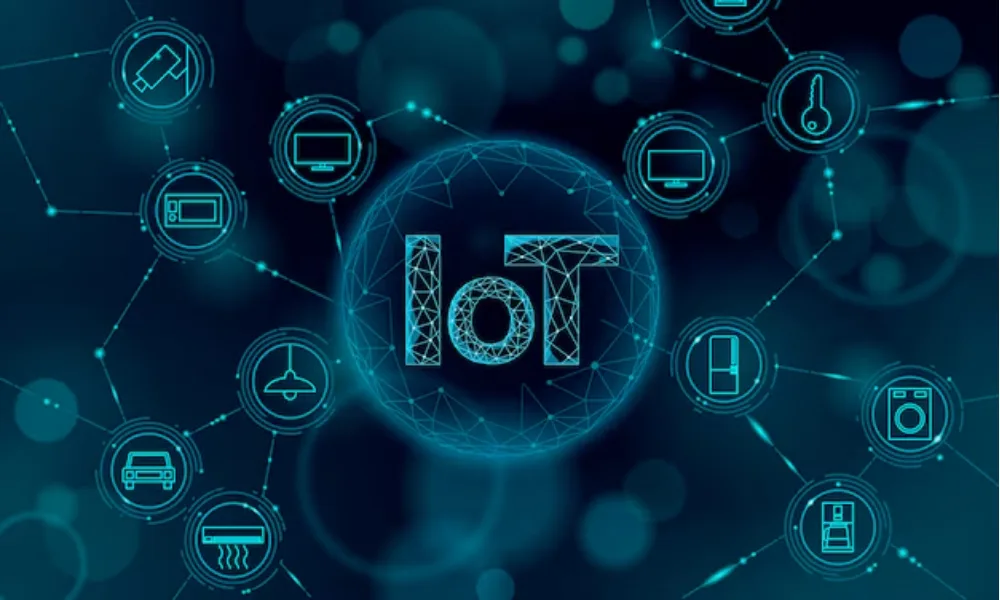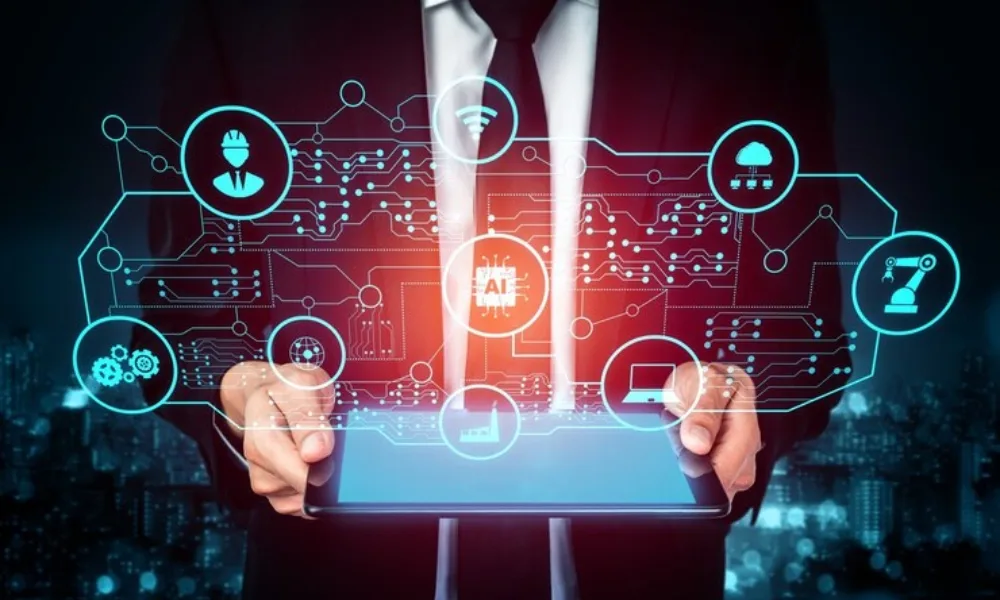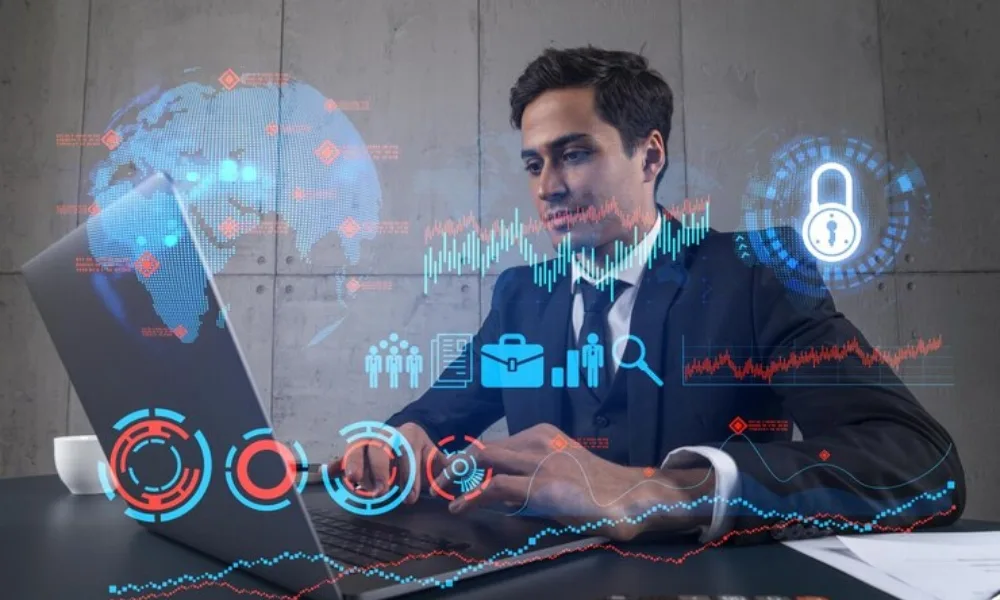Technology has never evolved faster than it is today and IT infrastructure in 2025 is at the heart of this transformation. With the Internet of Things (IoT) connecting billions of devices worldwide, businesses are rethinking how they design, manage and secure their IT ecosystems.
From real-time data collection to predictive analytics, IoT is no longer a futuristic concept—it’s a powerful reality shaping business operations and innovation. For forward-thinking firms like IT Work Solutions, which offer expert IT services, software development services and digital marketing services, adapting to the changes in IT infrastructure in 2025 is key to helping clients stay competitive and future-ready.
The New Face of IT Infrastructure in 2025
IT infrastructure in 2025 is more dynamic, data-driven and intelligent than ever before. With IoT devices generating vast amounts of data every second, businesses need networks capable of handling enormous data flows without compromising speed or security.
Unlike traditional systems, modern infrastructure is no longer limited to on-premise servers. It’s built around cloud computing, automation and edge networks that ensure seamless connectivity between devices.
Key characteristics of IT infrastructure in 2025 include:
- Automation and AI-driven systems for faster decision-making.
- Hybrid cloud environments for better flexibility.
- Edge computing for reduced latency and faster processing.
- Enhanced cybersecurity using real-time data protection mechanisms.
Companies like IT Work Solutions are already implementing these advancements through expert IT services that align IoT technology with business goals.
How IoT Is Redefining IT Infrastructure in 2025
IoT is the backbone of IT infrastructure in 2025. It connects devices, sensors and applications that communicate seamlessly to create a smarter, more efficient ecosystem.
Here’s how IoT is transforming the digital landscape:
1. Data-Driven Decision Making
IoT devices collect real-time information from machinery, vehicles and even wearables. This data is analyzed through Automatic Data Processing systems to generate actionable insights. Businesses can now predict maintenance needs, monitor energy use and optimize operations with precision.
2. Smarter Automation
Automation has evolved beyond repetitive tasks. With IoT integration, automation systems can respond intelligently to changes in the environment—whether adjusting energy use or managing production flow.
3. Stronger Security Frameworks
As connected devices multiply, so do potential threats. The evolution of IT infrastructure in 2025 involves building secure frameworks with AI-based monitoring, encryption and adaptive response systems.
4. Sustainability and Efficiency
IoT-enabled infrastructures monitor resource consumption and minimize waste, contributing to greener IT operations. This aligns perfectly with global sustainability goals.
👉 IT Work Solutions leverages IoT-powered automation across its software development services and expert IT services to help clients achieve efficiency and sustainability in their IT operations.
📌 How Internet of things is Revolutionizing Business in 2025
The Role of Cloud Computing and Edge Technology
In IT infrastructure in 2025, the combination of cloud computing and edge technology plays a major role. Cloud systems provide storage and scalability, while edge computing ensures data is processed close to its source, reducing delays and network congestion.
For instance, a retail chain using IoT sensors to monitor inventory can analyze data instantly at the edge before syncing with the central cloud for reporting. This real-time feedback loop enhances agility and decision-making.
IT Work Solutions, with its expert IT services and software development services, designs hybrid cloud-edge systems that support fast, secure data movement across global networks.
Automatic Data Processing in Modern IT Infrastructure
Automatic Data Processing is revolutionizing how organizations manage the immense data generated by IoT systems. It enables businesses to handle repetitive and data-intensive tasks automatically—such as logging, monitoring and reporting.
In IT infrastructure in 2025, this level of automation reduces human error, improves accuracy and frees IT professionals to focus on innovation.
At IT Work Solutions, automation is a central part of their expert IT services, streamlining everything from cloud management to cybersecurity monitoring.
Market Capitalization of Autodesk and Digital Transformation
The market capitalization of Autodesk offers a real-world example of how digital transformation reshapes global markets. Autodesk’s success in shifting from traditional software to cloud-based solutions mirrors the broader transition happening within IT infrastructure in 2025.
Autodesk leveraged cloud computing, automation and connected software ecosystems to enhance scalability and innovation—exactly the direction businesses are moving with IoT integration.
IT Work Solutions helps clients replicate this success model by providing scalable IT systems that align with modern trends in automation, AI and IoT.
Benefits of IoT in IT Infrastructure in 2025
As IoT becomes central to IT infrastructure in 2025 organizations can expect numerous benefits:
- Operational Efficiency: Real-time analytics improve productivity and minimize downtime.
- Predictive Maintenance: IoT sensors detect equipment issues before they cause disruptions.
- Enhanced User Experience: Smart technologies offer personalized, seamless interactions.
- Resource Optimization: Automated energy management systems reduce costs.
- Scalability: IoT systems can grow as business demands evolve.
By combining software development services and digital marketing services, IT Work Solutions creates complete digital ecosystems where technology enhances both operational and customer-facing functions.
Challenges in Adapting IT Infrastructure in 2025
While IoT offers tremendous opportunities, integrating it into existing systems isn’t without challenges.
- Data Overload: Billions of devices generate petabytes of data daily. Managing and securing this data efficiently requires advanced infrastructure.
- Cybersecurity Risks: More devices mean more potential entry points for cyberattacks.
- Integration Complexity: Merging legacy systems with IoT technologies demands skilled planning and execution.
- Cost Management: Transitioning to IoT-driven IT systems requires upfront investment, though the long-term ROI is substantial.
This is where IT Work Solutions proves invaluable. Their expert IT services include infrastructure design, IoT integration and cloud-based automation—all built for scalability and security.
The Intersection of IoT and Software Development
In IT infrastructure in 2025, software development and IoT are inseparable. Applications now need to communicate with multiple devices, process data instantly and deliver insights in real time.
IT Work Solutions integrates IoT protocols within their software development services, allowing clients to control and monitor assets from anywhere. Whether developing cloud-native applications or embedded systems, their developers ensure seamless IoT connectivity and reliability.
The Role of Digital Marketing in Connected Infrastructure
It might seem unrelated at first, but digital marketing services also benefit from IoT and modern IT infrastructure in 2025. IoT-enabled systems provide marketers with rich, real-time consumer data that helps personalize campaigns, predict behavior and measure engagement.
Through integrated marketing and technology strategies, IT Work Solutions helps brands turn data into action—bridging the gap between technical infrastructure and customer experience.
📌 Exploring The IoT Solutions for Businesses
The Future Outlook for IT Infrastructure in 2025
Looking ahead, IT infrastructure in 2025 will be defined by automation, connectivity and intelligence. AI will manage networks autonomously, IoT devices will communicate without human input and predictive systems will prevent downtime before it happens.
Predicted advancements include:
- Widespread use of 5G for faster IoT data transfer.
- AI-driven cybersecurity and threat management.
- Smart city infrastructure powered by IoT-enabled networks.
- Integration of quantum computing for real-time analytics.
Businesses that embrace these changes early will lead in innovation and efficiency. IT Work Solutions is already guiding organizations toward this future with tailored expert IT services, software development services and digital marketing services that align with next-generation infrastructure.
FAQs on IT Infrastructure in 2025
1. What defines IT infrastructure in 2025?
IT infrastructure in 2025 is built around automation, IoT, AI and edge computing—creating faster, smarter and more secure systems.
2. How does IoT impact modern IT infrastructure?
IoT connects devices and systems, generating real-time data that enhances efficiency, decision-making and predictive maintenance.
3. What role does IT Work Solutions play in this transformation?
IT Work Solutions provides expert IT services, software development services and digital marketing services that help businesses build and manage IoT-integrated infrastructures.
4. How is Automatic Data Processing used in IT infrastructure?
Automatic Data Processing automates repetitive tasks like logging, analytics and monitoring, improving accuracy and speed in IT operations.
5. Why mention the market capitalization of Autodesk?
The market capitalization of Autodesk highlights how adopting cloud and IoT-based models can dramatically increase business value and scalability.
Conclusion
IoT is revolutionizing how organizations approach IT infrastructure in 2025. By combining automation, real-time analytics and intelligent systems, businesses are achieving unprecedented levels of efficiency and innovation.
IT Work Solutions continues to lead this transformation with expert IT services, software development services and digital marketing services designed to help businesses build smart, connected ecosystems.
From Automatic Data Processing to insights drawn from the market capitalization of Autodesk, the evidence is clear: the future of IT belongs to those who embrace connectivity, intelligence and adaptability.








